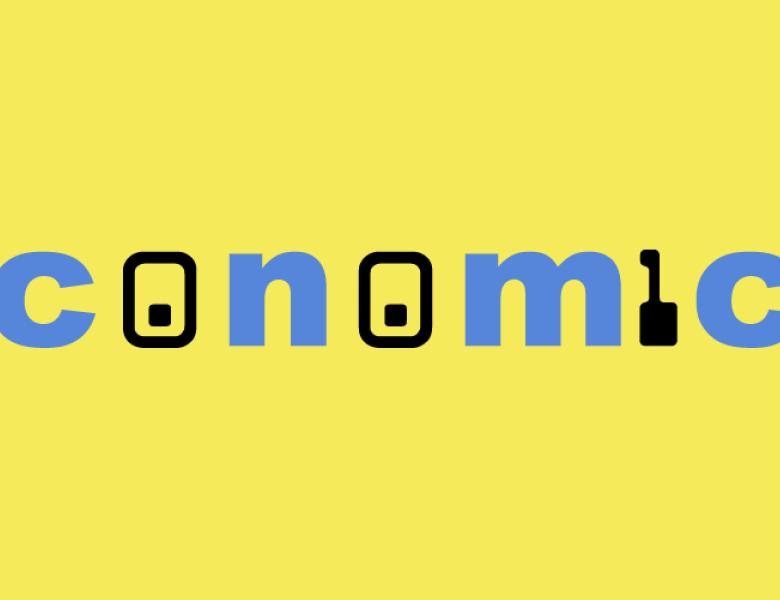
Abstract
A host of new platforms use dynamic prices as a key tool to balance supply and demand. Dynamic prices have at least two potential effects on the market: On the demand side, they allocate resources to those with the highest willingness to pay, throttling demand. On the supply side, they signal to potential suppliers that this is a time of high demand, potentially leading to an increase of services supplied. This latter effect distinguishes dynamic pricing in this context from our traditional notions of intertemporal price discrimination. We study the case of Uber, a platform that matches riders to drivers and uses ``surge pricing'' during periods of high demand. We present stylized facts consistent with both demand throttling and supply-side increases. We then use a structural model to decompose these effects and consider a counterfactual world with no surge pricing, quantifying the resulting inefficiencies.


